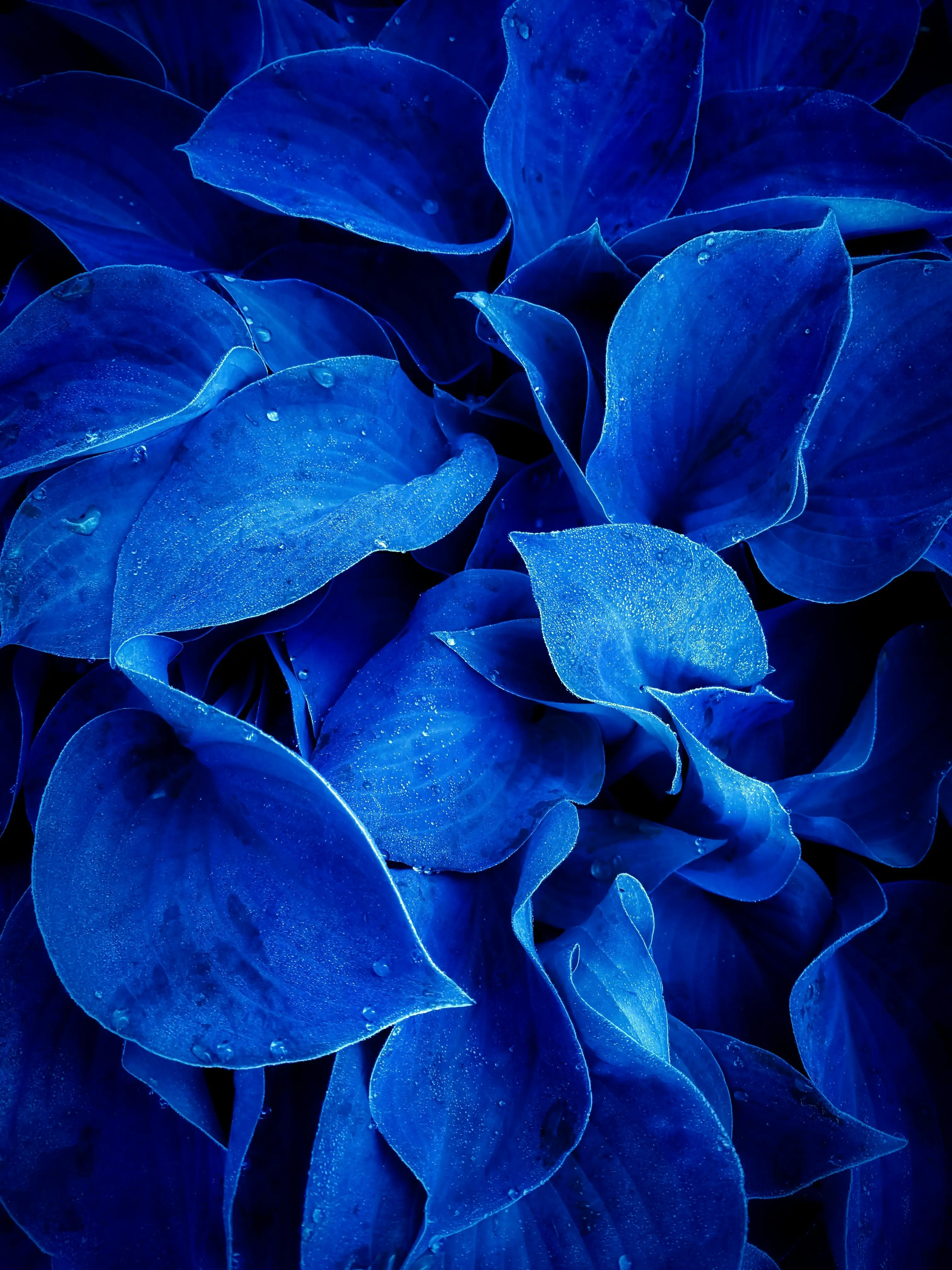Cornell Scientists Unveil Revolutionary Natural Blue Dye From Algae

Cornell researchers have developed a groundbreaking natural blue dye derived from algae, offering a promising alternative to traditional petroleum-based food colorants. Led by Alireza Abbaspourrad and Qike Li, this discovery could significantly impact the food industry by providing a more stable and adaptable blue colorant.
The key component of this innovation is phycocyanin (PC), a protein sourced from algae, which not only serves as a vibrant blue dye but also functions as a natural emulsifier (a substance that helps mix ingredients that usually don't combine well, like oil and water). According to Abbaspourrad, consumers increasingly demand healthier and more natural ingredients, seeking 'clean labels' on food products.
However, using phycocyanin in food has posed challenges due to its sensitivity to heat and light. To overcome these hurdles, the Cornell team, including doctoral candidate Qike Li, focused on breaking down phycocyanin into smaller, more uniform particles. This process was achieved using a denaturant (a chemical that alters the structure of proteins), enhancing its stability and emulsifying capacity. These smaller particles create emulsions that not only provide a striking natural blue color but also help protect and deliver nutrients in food products.
The researchers employed small angle X-ray scattering (SAXS) to analyze the nanoscale structure of the modified phycocyanin. As Abbaspourrad explained, this technique is akin to using a magnifying glass to observe changes in protein structures. The ultimate goal is to enhance the functionality of phycocyanin, allowing it to replace multiple synthetic ingredients in foods.
The push to remove artificial food colorings has gained traction, with several states proposing bans on synthetic dyes like Blue No. 1 and Red No. 40. Consumers are eager for natural alternatives in everyday foods like cereals and candies. However, the food industry has voiced concerns about the stability and cost of natural substitutes, especially blue pigments, which are rare in nature.
Despite these challenges, the crude protein extracts of spirulina, where phycocyanin is a key component, are already being used as substitutes for artificial blue dyes in products like M&Ms. The Cornell team believes their refined phycocyanin could offer even greater benefits.
Abbaspourrad is optimistic about the adoption of phycocyanin, citing potential health benefits and reasonable costs. The next step involves scaling up this innovation with industry partners. This research was funded by the U.S. Department of Agriculture, marking a significant stride towards healthier, more sustainable food practices.